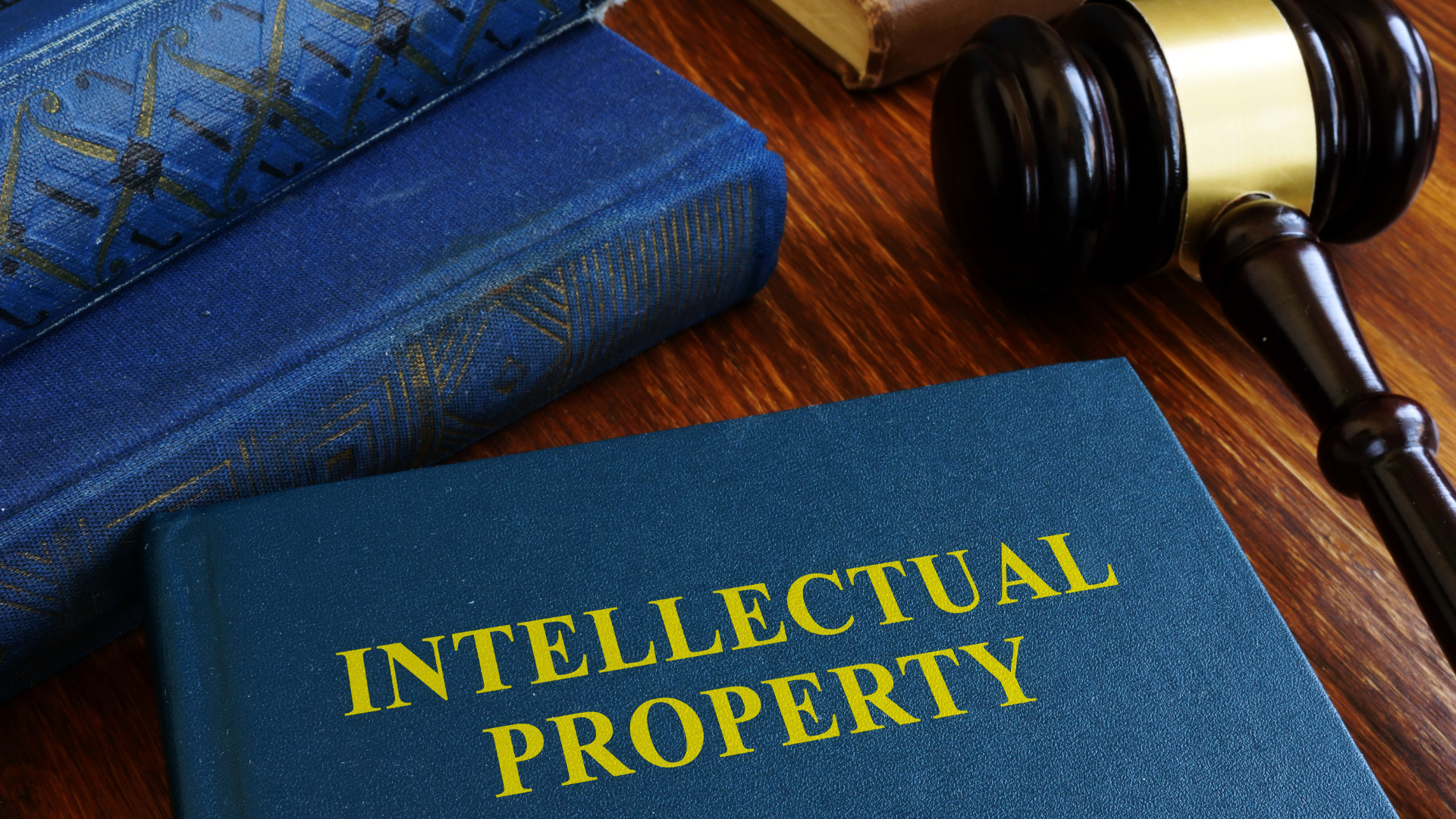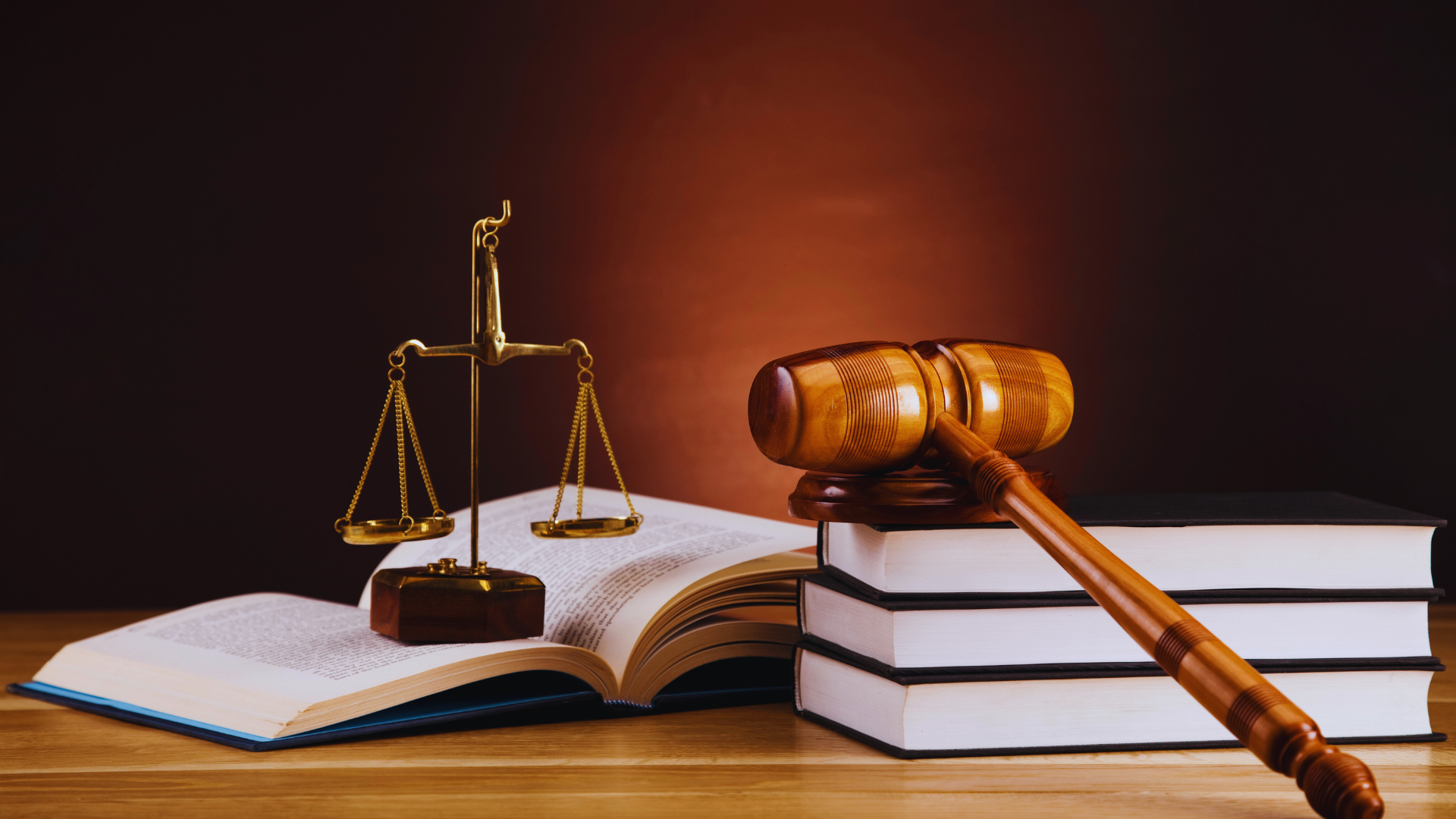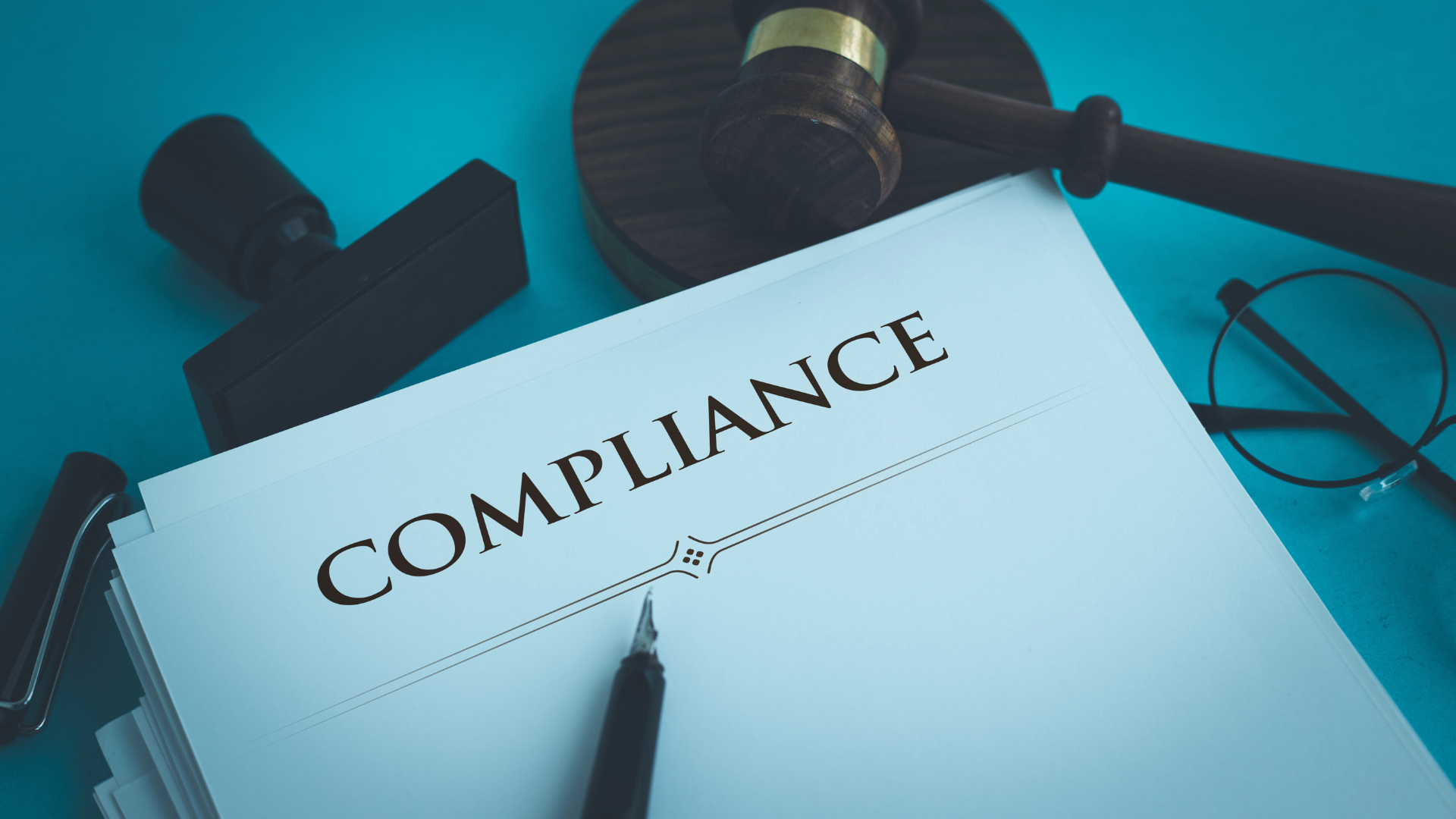Intellectual property law is a crucial area of legal practice that protects the rights of creators and inventors. It encompasses various forms of property rights, including copyrights, trademarks, patents, and trade secrets, ensuring that individuals and businesses can safeguard their innovative ideas and expressions. A solid understanding of intellectual property can help foster creativity and innovation in diverse fields.
In today’s fast-paced digital landscape, the significance of intellectual property is more pronounced than ever. The law not only provides mechanisms for protection but also establishes the framework within which creators can monetize their work. With the rise of technology and globalization, navigating intellectual property rights is essential for anyone involved in creative industries or technological development.
Readers will find that an awareness of intellectual property law not only helps in understanding their rights but also in recognizing the importance of respecting the rights of others. This knowledge is vital for maintaining ethical standards in various sectors and promoting a culture of innovation.
History and Concept of Intellectual Property
The development of intellectual property is deeply rooted in the necessity to protect creators’ rights. Legal frameworks emerged to safeguard inventors and authors, leading to a structured approach to intellectual property rights over time.
Origin of Intellectual Property Laws
Intellectual property laws can trace their origins to the early societies that recognized the value of creativity and innovation. In the late 15th century, the Venetian Patent Act granted inventors exclusive rights to their creations for a set period. This marked one of the first formal recognitions of intellectual property.
The emergence of the printing press in the 16th century intensified the need for copyright protection. Authors sought to control the reproduction of their works. These early laws laid the groundwork for modern intellectual property rights, highlighting the societal value of creativity.
Development of IP Treaties and Organizations
The formalization of intellectual property rights led to the creation of international treaties and organizations. The Paris Convention for the Protection of Industrial Property (1883) established fundamental principles for patents and trademarks among member countries.
The Berne Convention for the Protection of Literary and Artistic Works (1886) focused on copyright, ensuring authors’ rights across borders.
The World Intellectual Property Organization (WIPO) was established in 1967 to administer international IP treaties and promote cooperation. Additionally, the TRIPS Agreement (1994) under the World Trade Organization (WTO) set minimum standards for IP protection globally. This multifaceted approach underscores the ongoing evolution of intellectual property rights in an interconnected world.
Major Types of Intellectual Property
Intellectual property law encompasses various forms aimed at protecting creations of the mind. The major types include copyrights, patents, trademarks, trade secrets, and industrial designs. Each type has unique characteristics and methods of protection, catering to different aspects of intellectual creativity and innovation.
Copyright and Related Rights
Copyright protects original works of authorship, such as literature, music, art, and films. It grants creators exclusive rights over the use and distribution of their creations for a limited time, typically the creator’s lifetime plus 70 years. This legal framework prevents unauthorized reproduction, adaptation, or public performance of the work, thereby safeguarding the creator’s financial interests.
Related rights protect the interests of those who contribute to the dissemination of works, like performers and producers. Moral rights, which are part of copyright law in many jurisdictions, ensure that creators can claim authorship and object to derogatory treatment of their work. Fair use provisions allow limited use of copyrighted materials without permission for purposes like criticism and education.
Patents
Patents provide exclusive rights to inventors for their inventions, protecting new and useful processes, machines, or compositions of matter. There are three main types of patents: utility patents, design patents, and plant patents. A utility patent, the most common type, guards the functional aspects of an invention for up to 20 years from the filing date.
Patents require public disclosure of the invention, enabling others to learn from it while preventing unauthorized use. Patent infringement occurs when someone makes, uses, or sells a patented invention without permission. The U.S. Patent and Trademark Office oversees the patent process, which includes examination and approval.
Trademarks
Trademarks protect symbols, names, and slogans that distinguish goods and services. They ensure consumers can identify the source of products and maintain brand integrity. Trademark registration provides legal protection against infringement, allowing the owner to take action against unauthorized use.
Service marks are a type of trademark specifically for services rather than goods. Trade dress refers to the aesthetic appearance of a product or its packaging that signifies the source. Trademarks can last indefinitely as long as they are in use and renewed periodically, encouraging businesses to maintain their brand images.
Trade Secrets
Trade secrets encompass confidential business information that provides a competitive edge. This can include formulas, practices, processes, designs, or any proprietary information that is not publicly known. Unlike patents, trade secrets are protected as long as they remain confidential and provide economic value.
Misappropriation of trade secrets can lead to legal action under civil or criminal law. The Economic Espionage Act addresses the theft of trade secrets for commercial advantage. Businesses often use nondisclosure agreements to protect trade secrets from employees and partners, ensuring sensitive information remains secure.
Industrial Designs and Geographical Indications
Industrial designs protect the aesthetic aspect of a product, which includes its shape, pattern, or color. This form of protection allows creators to safeguard the visual design of useful articles, encouraging innovation in consumer products. The protection duration varies by jurisdiction, typically lasting 10 to 25 years.
Geographical indications denote products with a specific geographic origin, highlighting their unique qualities and reputation. For instance, “Champagne” signifies sparkling wine from a specific region in France, indicating quality and locality. These designations help prevent misuse and promote authentic products, benefiting both consumers and producers by maintaining standards of quality related to geographic origin.
Enforcement and Infringement
Enforcement of intellectual property rights is crucial in maintaining creators’ control over their work. Infringement can result in significant financial losses and damage to reputations.
Combating IP Infringement
Combating intellectual property infringement involves various strategies to protect rights. Organizations may employ monitoring systems to identify unauthorized use of their IP.
Tools for Combating Infringement:
- Trademark watches: Monitor for similar marks.
- Copyright audits: Review usage of protected content.
- Cease and desist letters: Politely request infringement cessation.
Formalizing licensing agreements is also vital. These agreements outline terms of use and can deter infringement by making it clear what is permitted.
State laws may provide additional protection, often filling gaps left by federal regulations. Engaging intellectual property lawyers can offer expertise in navigating complex legal landscapes.
Litigation and Remedies
Litigation is a common route to address IP infringement. A rights holder can file a lawsuit to seek damages or injunctions against infringing parties.
Potential Remedies Include:
- Monetary damages: Compensation for losses incurred.
- Statutory damages: Preset damages that can simplify claims.
- Injunctions: Court orders to prevent further infringement.
Litigation can be lengthy and costly. It typically requires the support of experienced intellectual property lawyers who can formulate effective strategies.
In addition to litigation, alternative dispute resolution methods like mediation or arbitration can offer quicker resolutions. These methods are often less adversarial and can preserve business relationships while addressing IP concerns.
IP and the Business Ecosystem
Intellectual property (IP) law plays a crucial role in shaping the business environment. It affects economic growth and innovation while providing a framework that balances ownership rights with public interest.
Impact on Commerce and Economic Growth
IP rights create a legal foundation that encourages businesses to invest in innovation. By protecting intangible assets like patents, trademarks, and copyrights, companies can secure competitive advantages in the marketplace.
This protection fosters economic benefits such as job creation and increased market value. For example, businesses can monetize their innovations through licensing agreements, providing revenue streams, and stimulating further investment.
Strong IP laws can enhance tourism by protecting local brands and cultural products, attracting visitors. Moreover, businesses that prioritize IP can contribute to gender equality by promoting diverse innovations and providing equitable opportunities in the economic landscape.
IP in the Digital Age
The rise of digital technology has transformed how IP is created, protected, and enforced. The internet allows for rapid dissemination of information, making it crucial for businesses to adapt their strategies to safeguard their intellectual property.
Digital platforms enable new licensing models, allowing companies to reach wider audiences while protecting their rights. This adaptability enhances competitiveness in a global economy.
Challenges such as piracy and counterfeiting persist, requiring robust legal frameworks and technological solutions to address violations. Businesses must navigate these complexities to harness the full potential of their IP assets in a digital marketplace.




